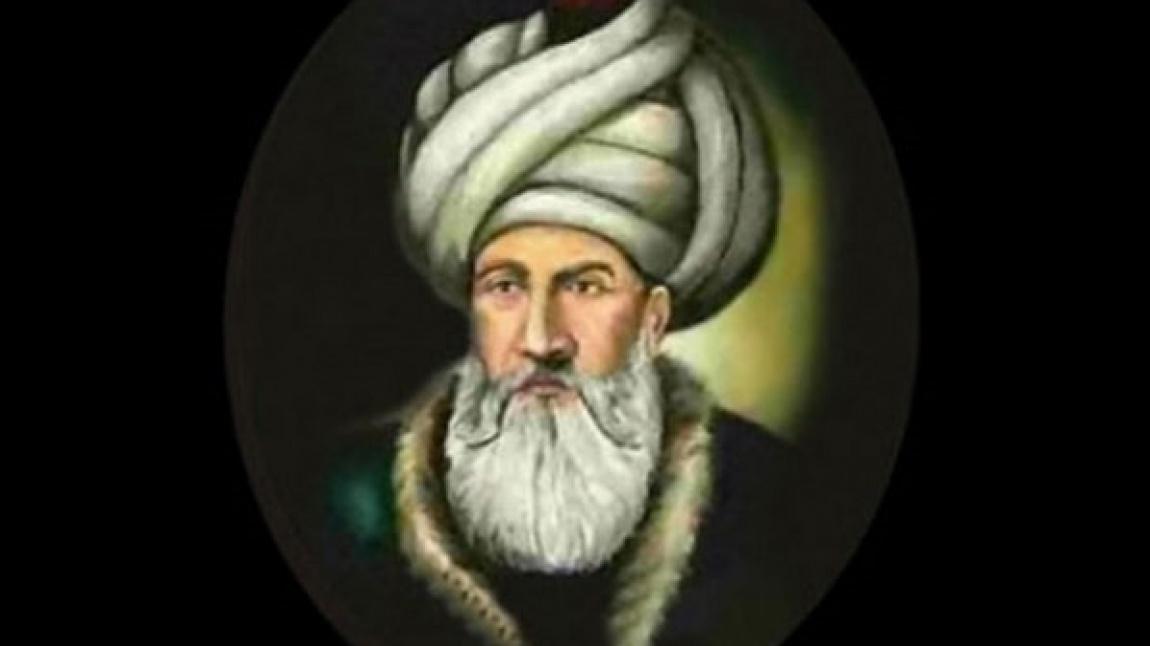
MSGSÜ SEM Mimar Sinan Güzel Sanatlar Üniversitesi Sürekli Eğitim Merkezi
Zeeshan M. Qureshi, DO. ZeeshanMQureshi-DO.MD.com • Diagnostic Radiologist • 16 years experience. Southtowns Radiology Associates, LLC. 3040 Amsdell Road, Hamburg, NY 14075. BOOK. Find 24 doctors at Sra Medical Imaging LLC in Buffalo, New York 14214 at MD.com.

MSGSÜ SEM Mimar Sinan Güzel Sanatlar Üniversitesi Sürekli Eğitim Merkezi
Sinan (b. 1490-d. 1588) served as the Chief Imperial Architect of the Ottoman Empire in the 16th century for fifty years during the reign of three sultans: Süleyman (d. 1566), Selim II (r. d. 1574), and Murat III (d. 1595). The majority of his career coincided with the golden age of the Ottomans under Sultan Süleyman the Lawgiver's rule.

MSGSÜ SEM Mimar Sinan Güzel Sanatlar Üniversitesi Sürekli Eğitim Merkezi
Sinan also known as Mimar Sinan was the most well known architect in the Ottoman empire. He completed a large number of projects for the empire and was appointed their state architect, which was basically the highest title an architect could have at that time.

Mimar Hakan Güler Mimar Sinan Rezidans
Mimar Sinan made it his goal to build a monument to Islam that was more magnificent than the epic Hagia Sophia. Sinan certainly had a lot of practice in designing buildings. As he began his career, he built smaller mosques across the empire. He built the Khusruwiyah Mosque in Aleppo, Syria in 1547, which remains today as a landmark in that city.

MSGSÜ SEM Mimar Sinan Güzel Sanatlar Üniversitesi Sürekli Eğitim Merkezi
The aim of the research is to examine the education model and architecture and decorative arts programmes formed by taking the "Ecole des Beaux Arts" as model in which Alexander VALLAURY, the founder of the Sanayi_i Nefise Mekteb-i Alisi which is the first school that trains certified architect in the Ottoman and Turkish Republic, received education and to compare it with the MSGSÜ.
CHr0Qujmkr8sGhMV2YV1UE07itQpcDLvt8jj86Oxu_GSMISwhm03Z4lgCJkJbTtSs_qx80k4g=s900ckc0x00ffffff
One of Mimar Sinan's earliest mosques was the Sehzade Mosque located in Istanbul's Fatih district. It was built to commemorate Mehmet, the son of Sultan Suleiman, who died while young.

MSGSÜ SEM Mimar Sinan Güzel Sanatlar Üniversitesi Sürekli Eğitim Merkezi
Video transcript. (jazzy music) - [Steven] We're outside of the Sehzade Mosque, the first mosque by the architect Sinan, in Istanbul. - [Elizabeth] It's one of his earliest commissions. He always viewed it as a work of his apprenticeship. It was built by Sultan Suleyman the Magnificent, or Sultan Suleyman the Law Giver as he's known in Turkey.

Mimar Sinan Ships Nostalgia
Figure \(\PageIndex{7}\): Mimar Sinan, Mosque of Selim II, Edirne, Turkey, 1568-1575 (photo: Basak Buyukcelen, CC BY-NC-SA 2.0) They allow the round base of the dome to join octagon formed by the piers. A complex system of exterior buttresses support the east and west piers and do most of the work to hold up the massive weight of the dome.

Mimar Sinan Mimar Sinan Ortaokulu
Mimar Sinan's Death and Legacy. Sinan died in 1588, aged 98. He had designed his own modest tomb in which he was buried, which was at the end of his garden near the Suleymaniye Mosque in Istanbul. Sinan made a huge impact on the Muslim world through the dozens of mosques and madrassahs that he built. They benefitted Muslims all around the.

Mimar Sinan Round Sunglasses, Mens Sunglasses, Smart Tv, Mens Bracelet, Rayban Wayfarer, Ray
Photo by Ibrahim Uzun on Unsplash. Mimar Sinan, born as Koca Mi'mâr Sinân Âğâ, is widely regarded as one of the greatest architects in the history of the Ottoman Empire. Serving as the.

Mimar Hakan Güler Mimar Sinan Rezidans
Mimar Sinan was a product of the Devşirme, a practice of the Ottoman authorities from the fourteenth through early eighteenth century, where young, talented, Christian men were taken from their families to serve in the military or the civil service. Sinan was one such boy; he served during Süleyman's campaigns, learning engineering and.

MSGSÜ SEM Mimar Sinan Güzel Sanatlar Üniversitesi Sürekli Eğitim Merkezi
Dome, 31.22 m in diameter, 42.25 m high, Mimar Sinan, Mosque of Selim II, Edirne, Turkey, 1568-1575 (photo: Charles Roffey, CC BY-NC-SA 2.0) The ethereal dome seems weightless as it floats above the prayer hall. All of the architectural features are subordinated to this grand dome. The dome rests on eight muqarnas-corbelled squinches that are.

MSGSÜ SEM Mimar Sinan Güzel Sanatlar Üniversitesi Sürekli Eğitim Merkezi
Mimar Sinan (Ottoman Turkish: معمار سينان, romanized: Mi'mâr Sinân; Turkish: Mimar Sinan, pronounced [miːˈmaːɾ siˈnan]; c. 1488/1490 - 17 July 1588) also known as Koca Mi'mâr Sinân Âğâ, ("Sinan Agha the Grand Architect" or "Grand Sinan") was the chief Ottoman architect, engineer, mathematician for sultans Suleiman the Magnificent, Selim II and Murad III.

MSGSÜ SEM Mimar Sinan Güzel Sanatlar Üniversitesi Sürekli Eğitim Merkezi
Sinan, (born c. 1490, Ağırnaz, Turkey—died July 17, 1588, Constantinople [now Istanbul]), most celebrated of all Ottoman architects, whose ideas, perfected in the construction of mosques and other buildings, served as the basic themes for virtually all later Turkish religious and civic architecture.. The son of Greek or Armenian Christian parents, Sinan entered his father's trade as a.

MSGSÜ SEM Mimar Sinan Güzel Sanatlar Üniversitesi Sürekli Eğitim Merkezi
Koca Mi'mâr Sinân Âğâ, was born between the years 1489 and 1499, depending on the sources. However, the most accepted possible birth years are between 1489-1491. Mimar Sinan died on July 17, 1588, as the chief Ottoman architect and civil engineer for Sultans Suleiman the Magnificent, Selim II, and Murad III.

Mimar Sinan Timaş Yayınları
Under Sultan Süleyman, Mimar Sinan was finally promoted to the position of State Architect, a position which he held for a decade. According to different sources, Sinan was the architect of around 370 structures including 92 mosques, 52 mescit (small mosques), 55 medrese (theology schools), 20 türbe (mausoleums), 17 imaret (public kitchens), three darüşşifa (hospitals), six aqueducts, ten.